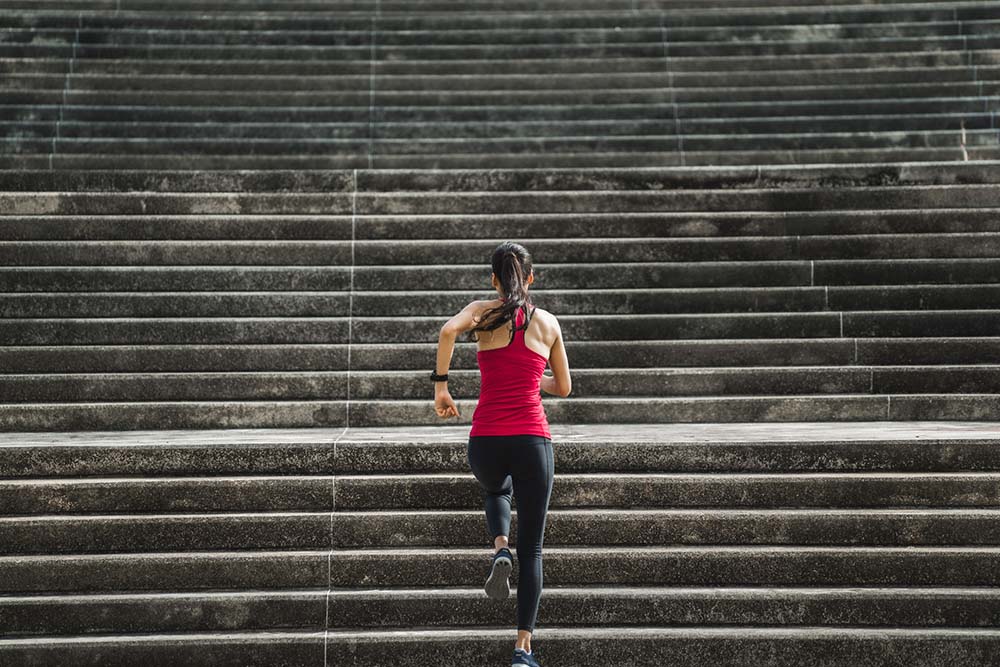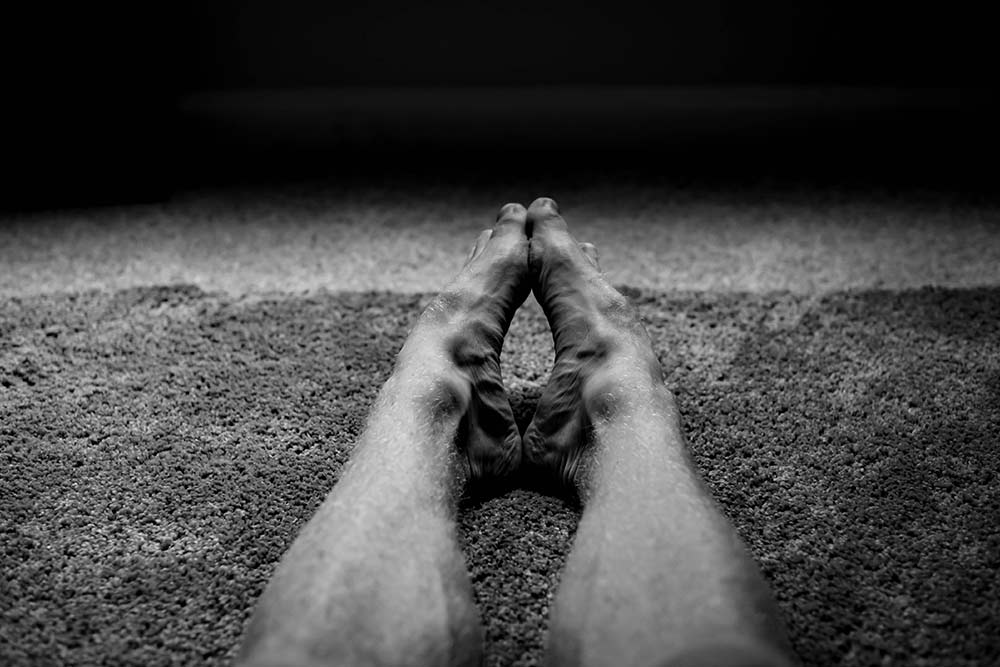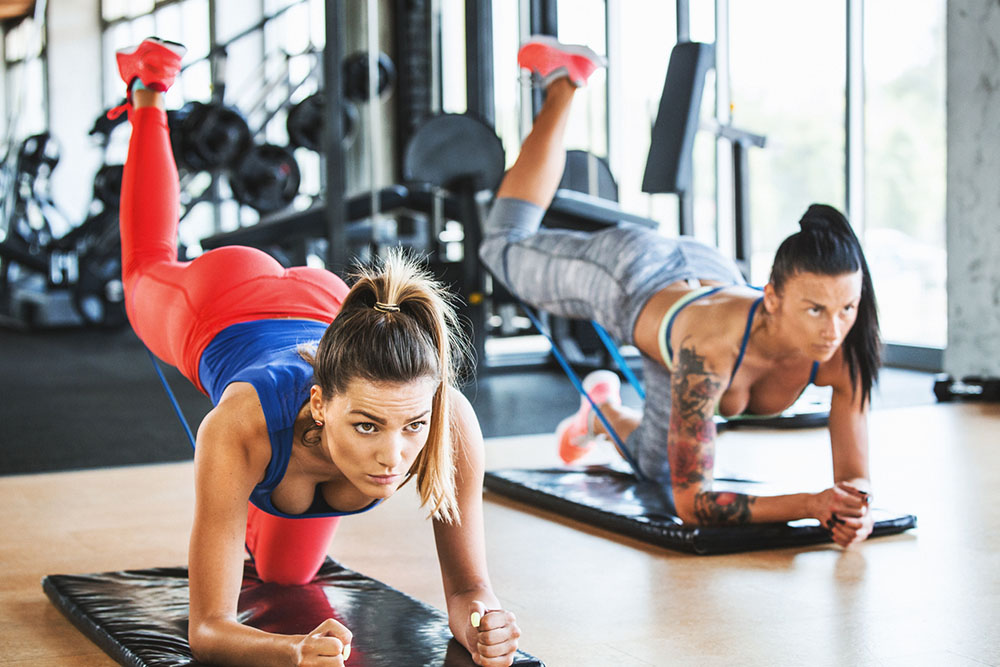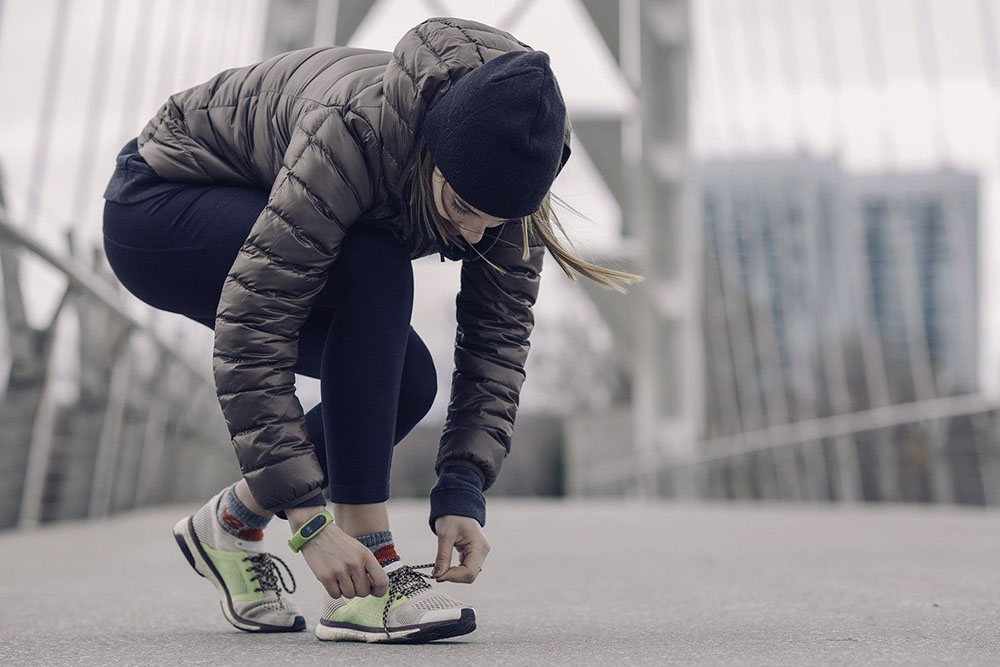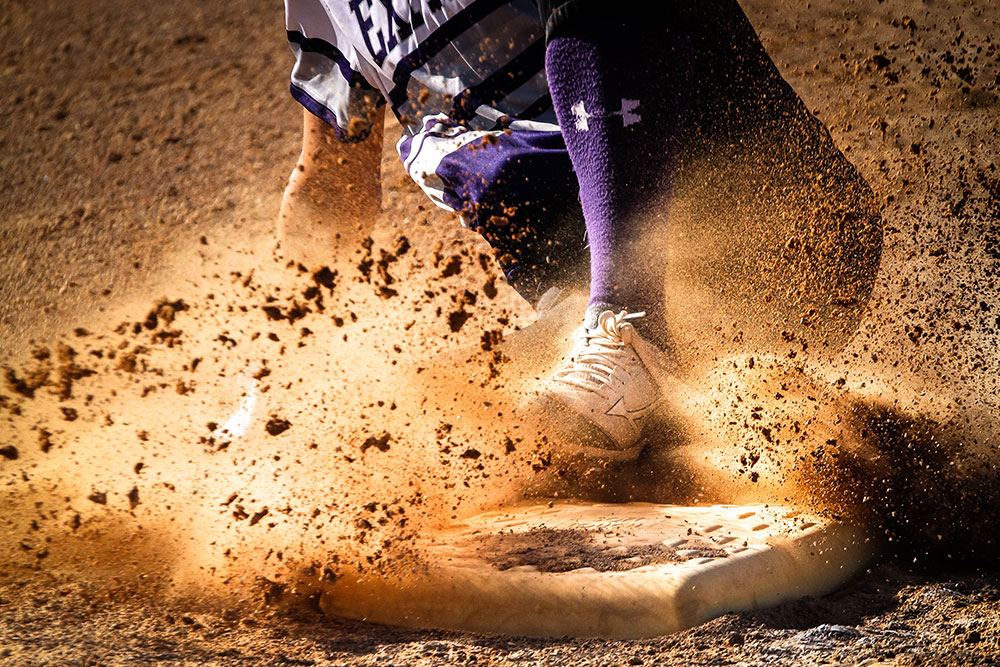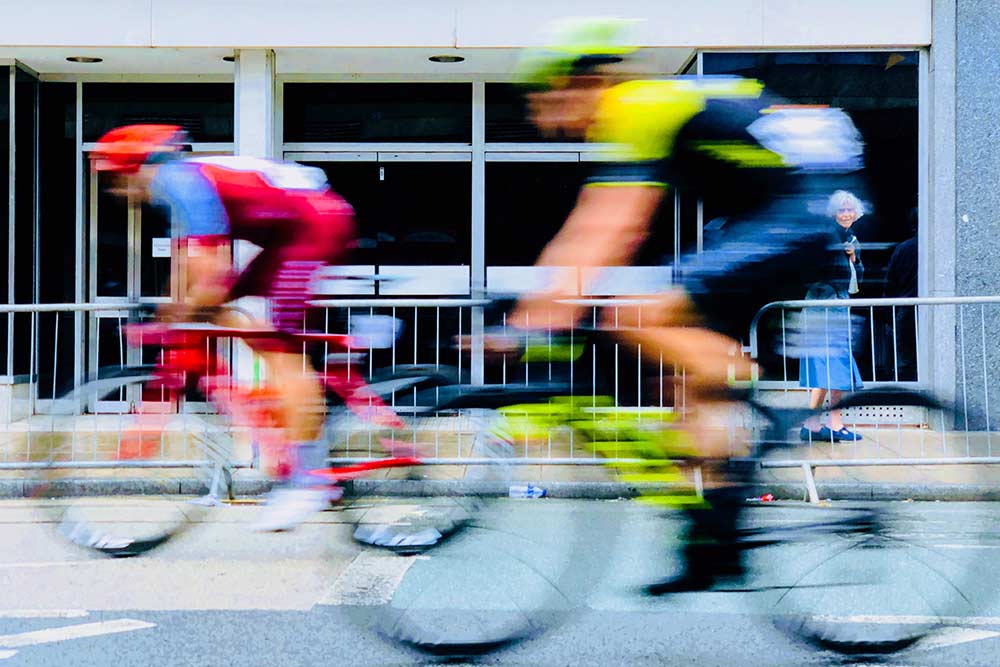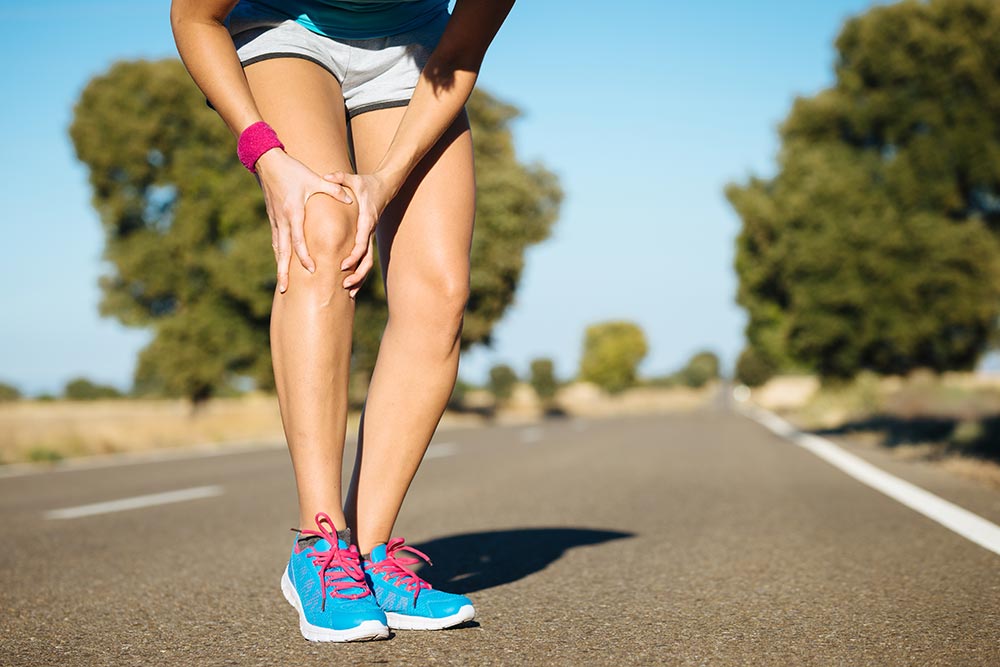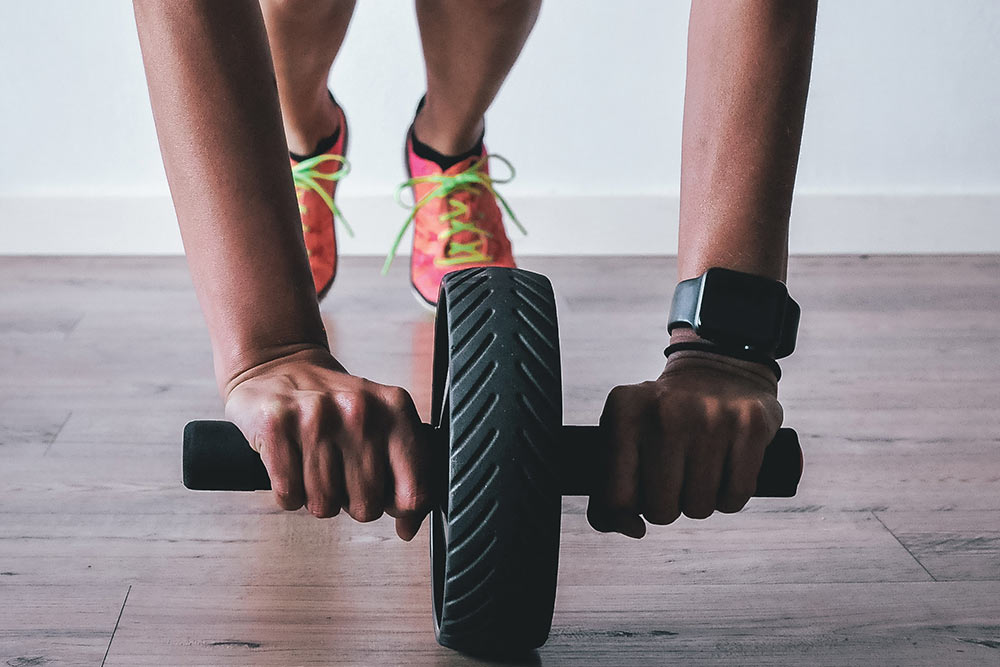Does Movement Therapy Prevent Running Injuries?
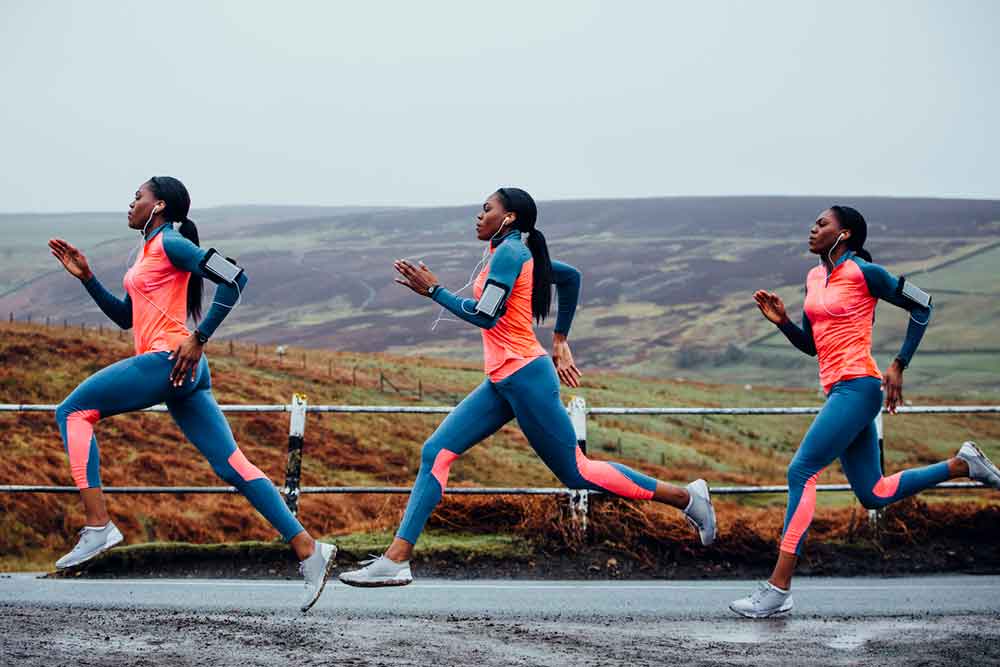
A Review by Alyssa Bialowas
 Runners have an increased risk of injury that results from overuse and overtraining.
Runners have an increased risk of injury that results from overuse and overtraining.
Preventing injuries that result from running has been a topic of research for those looking for ways to reduce the negative training side effects that result from overuse. Running leads to many health and well-being benefits, such as positive changes to body composition, reduces resting heart rate, and improves aerobic capacity and lipid profile.
A recent review of reported running injuries in male runners found that more than half of them sustained a running-induced injury the year prior. The knee is most likely to be affected, and common running injuries are medial tibial stress syndrome, petallar tendinopathy, plantar fasciitis, Achilles tendinopathy, ankle sprain, and patellofemoral pain syndrome in the upper thigh area (Kozinc & Sarabon, 2017). Prevention methods of common running injuries is desired knowledge for those looking to develop long term training programs that limit the negative side effects of overusing running muscles.
Previous reviews of therapy interventions neglected to identify the most effective injury prevention methods to lower injury risk in runners. Prior research concluded that the knowledge in this area is limited and recommended that individuals perform an individualized training method instead of a generalized prevention program. Thus, researchers from the University of Slovenia sought to identify best practice movement therapy interventions as well as training modifications to prevent running injuries that could be adopted by all runners.
Related Article: What Factors Determine Ultra-Marathon Success?
The Study, The Results
A comprehensive literature review was performed to find randomized control trials and cohort studies that used movement therapy interventions or modified running training programs to reduce running-related injuries.
The meta-analysis did not result in a conclusive agreement on generalized running injury prevention in endurance running training programs. This may be because most studies included in the search were not looking for generalized common running injuries, they focused on prevention of individual running injuries. However, the analysis resulted in a summary of prevention methods that proved to reduce individual running injuries, as follows.
Stretching the major lower extremity muscle groups has proven to prevent lower-limb injury, after warm-up activities and before training. The effects of a gradual training program on running-related injuries proved to work for some runners, as running volume and training time gradually increased over a 13-week program, some runners experienced a lower incidence of injury.
Related Article: Running Does Not Cause Arthritis
Takeaway
Running injuries related to muscle overuse are so variable that it is difficult to create a generalized injury prevention program for all runners. Running-related injuries can often be serious enough that athletes must alter their training, and sometimes even quit running altogether to opt for modes of exercise that aren’t so taxing on the lower body.
The best example of a comprehensive injury prevention program for runners was designed to target medial tibial stress syndrome (MTSS). A combination of prevention therapies were used to reduce injury risk, such as running gait retraining, neuromuscular control exercises, and flexibility training sessions. Participants experienced a reduced risk to developing MTSS, indicating that multiple prevention techniques are needed to target the various injuries that runners experience from overusing lower body muscles.
Related Article: The Science Behind Good Running Music
You Might Like:
Ketogenic Diet and Running: What You Need to Know
If you have been around the health and fitness space over the last few years, then you would have heard about the ketogenic diet. You know that diet that helps with weight loss, metabolic disease,...Are Runners Less Likely to Develop COVID-19?
In this weird time of COVID-19, I have heard some strange suggestions regarding how you can prevent infection. Things like drinking colloidal silver, eating more oranges, and bathing in vinegar all come to mind. But...5 Ways to Get Rid of Shin Splints
Ryan Cross, Physiotherapist Pain related to “shin splints” is one of the most common ailments that athletes will complain about. Most runners have had a run-in with the dreaded shin splints at one time or...The Most Efficient Way to Run Faster
Evan Stevens, Sprint Coach Phosphocreatine is the most immediate source of energy we have access to run faster. It is separate from the glycolytic (anaerobic) and mitochondrial (aerobic) pathways and is a way to rapidly...Upper Body Workouts For Distance Runners
When we run long distances it is crucial to focus on form, function, and balance. Running efficiency is effected by all of these, and it will subsequently impact performance if not properly addressed. By limiting...Use the Hurdle Step to Test Your Running Mechanics
An easy way to test or observe your running mechanics is to use the Functional Movement Screen (FMS) Hurdle Step approach. As you will see in the video, this technique will enhance proper running mechanics,...References
Kozinc, Z., & Sarabon, N. (2017). “Effectiveness of Movement Therapy Interventions
and Training Modifications for Preventing Running Injuries: A Meta-Analysis
of Randomized Control Trials.” Journal of Sport Science and Medicine, 16, 421-
428.

